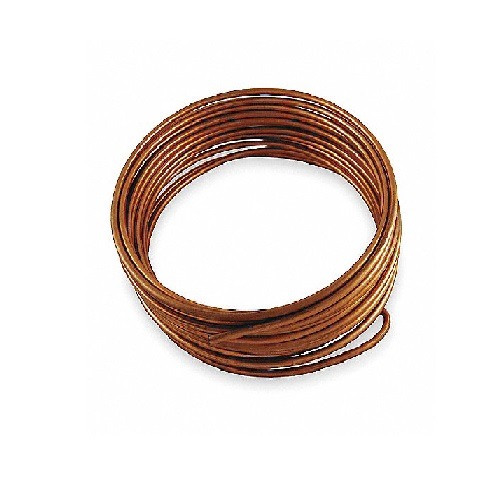In this post, we delve into various reasons why a compressor may start, but the air conditioning unit doesn’t cool effectively. These causes and their potential solutions are as follows:
- Faulty Compressor: One of the most critical issues is a compressor that fails to adequately circulate refrigerant gas. This becomes noticeable when the pressure gauge remains unchanged. For instance, when the compressor starts, the low-pressure gauge needle should drop, while the high-pressure gauge needle should rise. Additionally, when the compressor can’t compress properly, the amperage remains unusually low. In such cases, the recommended solution is to replace the compressor.
- Refrigerant Leak: A recent refrigerant gas leak can cause the compressor to operate, but the unit fails to cool properly. To address this, it’s crucial to check the refrigerant pressure. Moreover, when refrigerant levels are low, the amperage or current consumed by the compressor drops below the normal range. To remedy this, search for and repair the leak, look for oil stains as indicators, and use soapy water to identify bubbles. Be particularly suspicious of any connections.
- Obstruction in the Refrigeration System: External obstructions in the air conditioning filter will result in reduced airflow. If the obstruction is internal, such as in the capillary tube, it restricts the flow of refrigerant within the system. In both scenarios, the compressor can operate, but cooling is inadequate. To address this issue, clean the evaporator coil and its air filter, and clean or replace the capillary tube as needed.
- Condensation Issues: Inadequate condensation of the refrigerant at the outlet of the external coil can be attributed to a deteriorated, clogged, or dirty coil. This situation leads to excessively high pressure and reduced equipment performance. It is necessary to either clean the external condenser coil or perform internal cleaning, depending on the specific circumstances. When condensation is problematic, the compressor’s electrical consumption tends to be higher than normal.
- Obstruction of the Air Conditioning Turbine: When the air conditioning turbine is obstructed, it can result in significant moisture accumulation on the coil and insufficient airflow. Proper maintenance of the turbine and the evaporator is essential to resolve this issue.
- Fan-Related Problems: If one of the fans, whether it’s the condenser fan or the evaporator fan, stops or operates at a slower speed than normal, the unit might experience inadequate pressure. This can lead to diminished performance or evaporator freezing. It is recommended to check the fan capacitor and bearings. In cases of serious faults, the fan should be replaced.
- Temperature Sensor Issues: If there are problems with temperature sensors, it can lead to evaporator freezing and reduced airflow. In such instances, it’s important to check the temperature sensors.
These considerations help address the common issues associated with a running compressor that doesn’t result in effective cooling in an air conditioning system.

